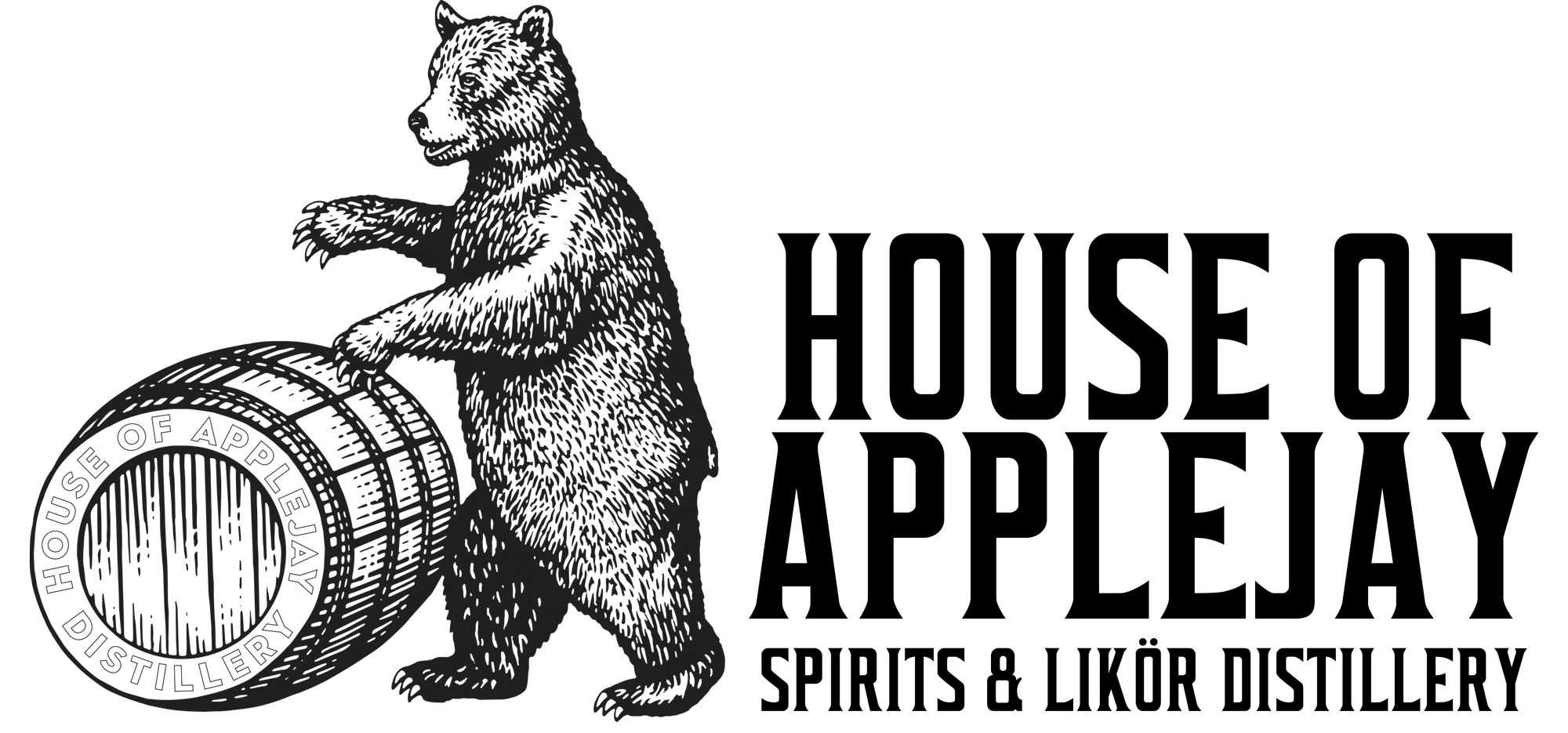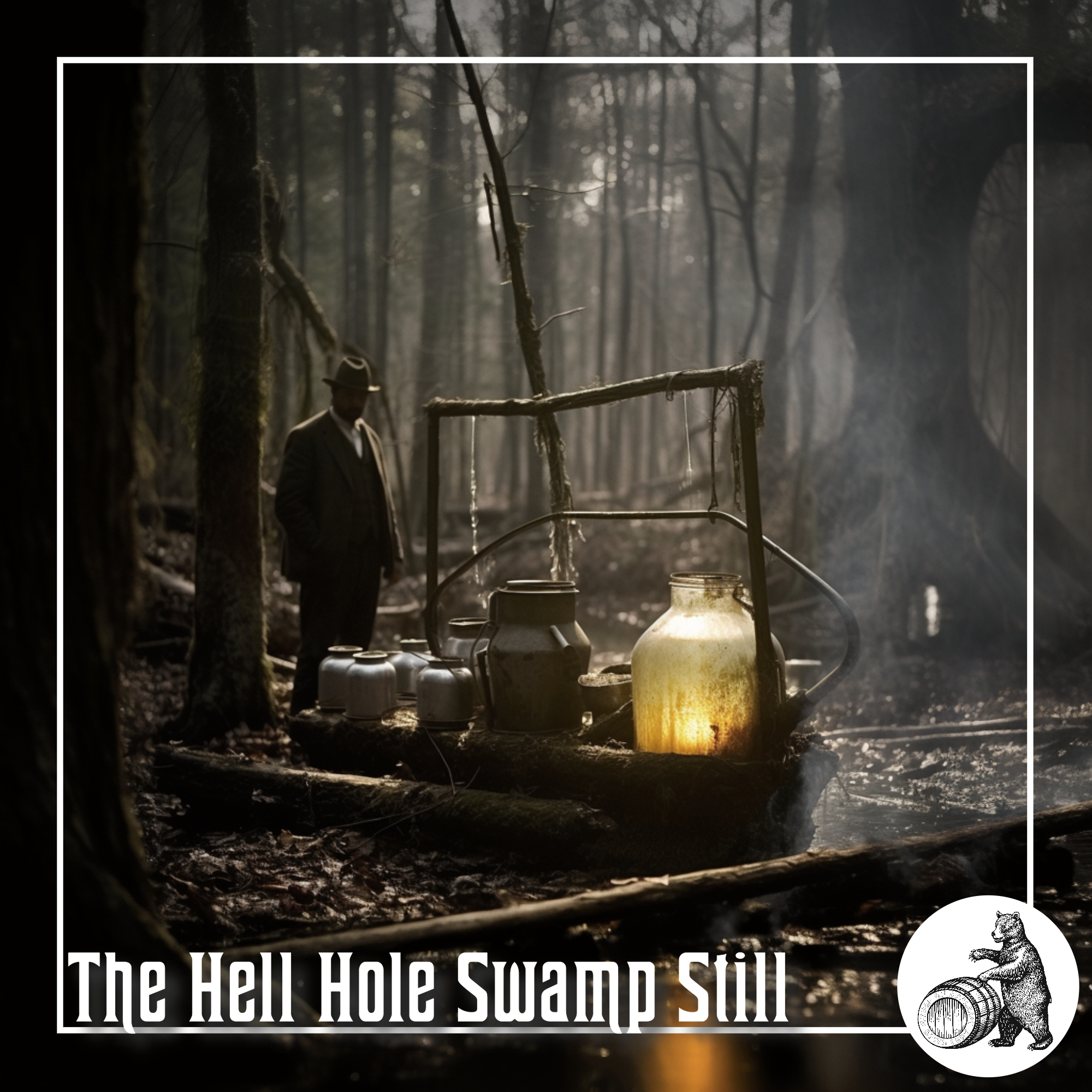The Hell Hole Swamp Still
Delving into the Past: The Fascinating Story of the Hell Hole Swamp Still
Nestled within the depths of the Hell Hole Swamp area in Williamsburg County, South Carolina, the Hell Hole Swamp Still, also known as the Williamsburg County Still, harbors a mysterious history as an infamous illegal moonshine distillery.
Thriving during the Prohibition era from 1920 to 1933, this covert establishment, spearheaded by the enigmatic William “Slick” McLauchlin, clandestinely produced and distributed copious amounts of illicit moonshine. Despite its secluded location in the densely wooded swamp, the distillery met its demise in 1931 when federal agents dismantled the operation, resulting in the apprehension of McLauchlin and his associates.
The Enduring Legacy
Presently, the Hell Hole Swamp Still stands as an enthralling relic, beckoning tourists keen on exploring the vestiges of its once-vibrant moonshine enterprise. Recently, the narrative of the Hell Hole Swamp Still has taken a more compelling turn with the unearthing of a 1920s-era moonshine still in the same vicinity. Archaeologists speculate a connection to Benjamin Villeponteaux, a local bootlegger and purported associate of the notorious Al Capone.
Discoveries Amidst the Swamp
In the course of an excavation spearheaded by Katherine Parker, a graduate student at the University of Tennessee Knoxville, artifacts indicative of a moonshine operation emerged from the earth. These findings included a metal barrel, a green garden hose, cinder blocks, and an assortment of scrap metal. While these items might appear as ordinary debris, they serve as vital clues pointing towards the existence of an illegal liquor-distilling operation.
Distinctive Identifiers
Archaeologists employ distinct markers to differentiate defunct liquor stills from contemporary trash sites. The cinder blocks played a pivotal role in this case, as an architectural historian analyzed their size and materials, tracing them back to the 1920s. These bricks likely supported a “submarine-style” liquor still, a process involving the boiling of grains and water to produce alcohol vapors, subsequently condensed back into liquid form through a separate apparatus connected by a hose.
The Connection to Benjamin Villeponteaux
The recently discovered still stands among several in Hell Hole Swamp linked to Benjamin Villeponteaux. Historically, Villeponteaux owned property in close proximity to the forest and is believed to have collaborated with Al Capone in the illicit transportation of alcohol out of South Carolina during Prohibition. Villeponteaux’s tale took a tragic turn in 1926 when he met his demise in a violent confrontation with the McKnight family, a rival gang of bootleggers.
The saga of the Hell Hole Swamp Still continues to unfold, unveiling layers of a bygone era characterized by secrecy, rebellion, and the pursuit of prohibited spirits. As visitors delve into the remnants of this once-concealed operation, they are transported to a time when the swamp’s shadows concealed the spirited endeavors of moonshiners, leaving an indelible mark on the history of Williamsburg County, South Carolina.
The Distilling Culture
BLOG
Embark on a global journey, and you’ll find that cultures possess tales that harken back to their ancient beginnings of distillation, brewing, and winemaking.
info@houseofapplejay.com
67 Fowler St, Bldg B, East Ellijay, GA 30540

